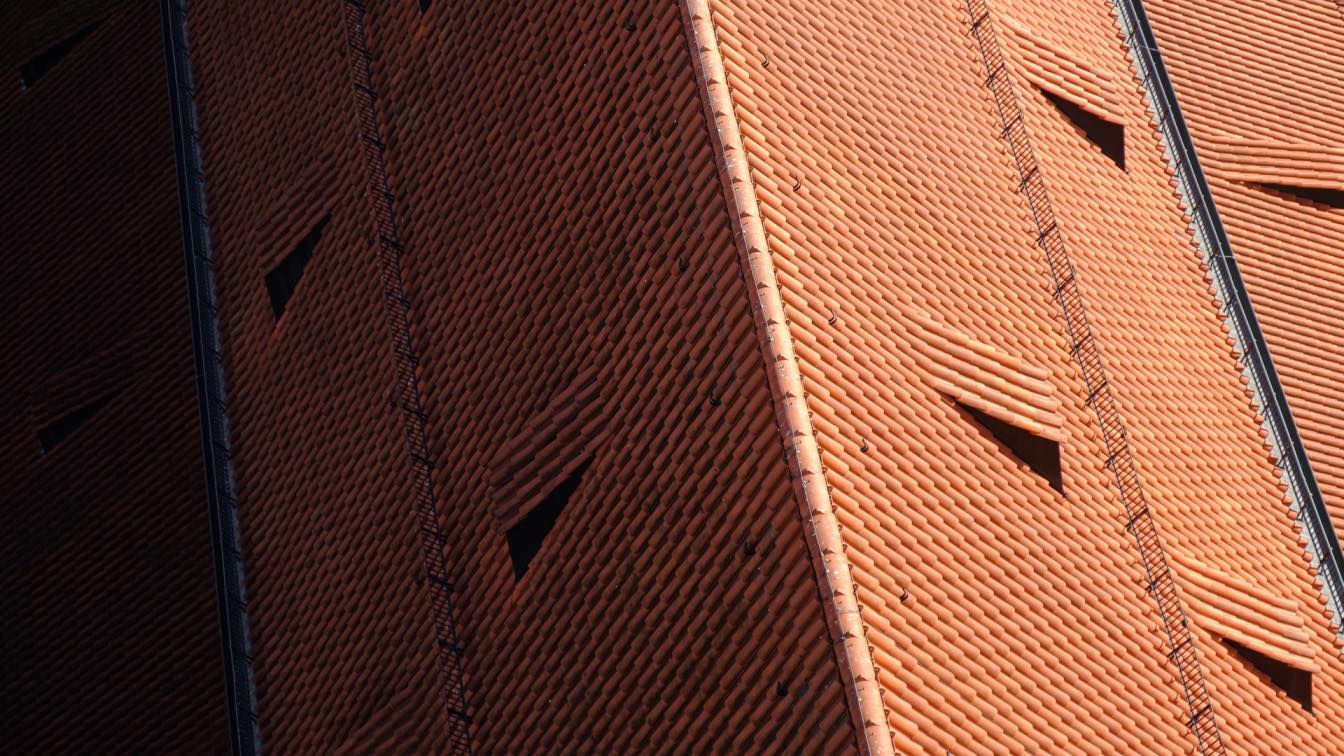Homeowners, real estate agents, and all other adults looking for a way to upgrade their property know that one of the best investments you can make is getting a new roof. With so many different types of roofing materials available, however, it can be difficult to decide which option is right for your home. In this blog post, we'll examine the pros and cons of various types of roofing material—from asphalt shingle roofs to metal panels—so you can choose the material that makes sense for your property. Read on to learn more about popular choices like asphalt composition shingles and standing seam metal roofs from an impartial perspective – after all knowledge is power!
Types of Roofing Materials – A Brief Overview
With so many different types of roofing materials available today, it can be overwhelming trying to determine which material will provide the best performance for your home. While some may give you a great look and better durability than others, it's important to consider not only the cost involved but also the longevity of the roof and how any potential repairs could affect the overall roofing expense. Knowing a bit about the different types of roofing materials out there can help guide you in making an informed decision.
Asphalt shingle roofs are one of the most commonly used materials and tend to be quite affordable while offering durable protection against wind and moisture as long as they are well maintained. Clay or tile roofs offer a classic appearance and are very fire-resistant, though they tend to be more expensive and require more routine maintenance than asphalt shingle roofs. Namely, according to Helmuth Roofing, metal or copper roofs are known for their long lifespan, but due to their high initial costs are often reserved for higher-end homes. Synthetic rubberized shingles offer similar protection as asphalt while providing lightweight flexibility that helps protect against extreme weather conditions. Ultimately, when selecting a roofing material it will likely come down to balancing durability with necessary budget constraints.
Pros and Cons of Asphalt Shingles
Asphalt shingles offer a durable and cost-effective roofing solution for many homeowners. While asphalt shingles are known for their longevity, there are both pros and cons to consider when making roofing decisions. On the plus side, asphalt shingles tend to be one of the cheaper roofing options out there and come in a wide variety of colors to choose from. Plus, they’re reasonably lightweight and easy to install – DIYers take note! However, they suffer more damage than other materials over time due to exposure to the elements and may not last as long as metal or slate roofs. So whether you’re building new or replacing an existing roof, research your options before investing in asphalt shingles.
Pros and Cons of Tile
Tile roofing is a classic and beautiful choice, with an excellent lifespan of up to 100 years. Though it often comes with a higher price tag than other materials, you can expect a long-term reduction in energy costs due to the amazing insulation that tile offers. However, it is important to keep in mind that tile is heavy and may require structural reinforcements to accommodate the weight. Additionally, one more downside of tile is how brittle it can be when subjected to hail or high winds, not to mention its difficulty in being repaired or replaced if damage does occur. All in all, tile maintains its timeless appeal for many homeowners who aren't afraid of receiving an occasional repair bill.
Pros and Cons of Metal Roofs
If your roof is due for a replacement, you might be considering metal roofing as an option. Metal roofs have several benefits over traditional shingled rooftops; they are highly durable and reflective of heat so they can improve the energy efficiency of your home. They also require very little in terms of maintenance, which can save you time and effort. On the downside, metal roofs come with a heftier price tag than other materials do and may cause noise during rainstorms or hailstorms. Deciding what type of material is best for your home comes down to weighing all of these pros and cons to find the option that best suits your needs.
Pros and Cons of Wood Shingles and Shakes
Choosing the right roofing material is an important decision and it’s helpful to know some of the pros and cons of different materials. Wood shingles and shakes have been used for centuries, offering a classic look that many homeowners prefer. Wood is durable in some climates, but unfortunately can be prone to rot and termites in wetter, warmer areas. On the plus side, wood shingles are often cheaper than other materials such as asphalt or metal. They also look great when painted - adding a unique touch to any home exterior. Considering both the pros and cons carefully before making a choice is important; wood shingles may offer old-time charm, but you do need to factor in cost as well as durability when making your decision.
Additional Considerations for Choosing Roofing Materials
When selecting roofing materials, it is important to consider the big picture. Beyond aesthetics, quality, and cost, there are numerous additional factors to consider. Weather conditions in your region can play a large role; for instance, wet climates might require materials that are designed to better resist moisture. Similarly, all types of roofs require some level of maintenance throughout their lifespans; home or business owners should look for materials that best fit their desired maintenance schedule. Finally, many homeowners opt for roofs made from environmentally-friendly materials not only because of ethical concerns but also because green roofs often offer tax incentives. Thus, an informed decision when choosing roofing materials involves more than cost and appearance; careful consideration of climate conditions and future maintenance needs is essential.
As you can see, the choice of roofing materials has its advantages and disadvantages, but ultimately comes down to the individual homeowner's needs, concerns, and budget. Although it may feel overwhelming to consider all the factors when deciding on a roof type, don't forget that with a little thorough research and due diligence, you will find the perfect material for your home! When selecting a roofing material, consider how long you plan on being in your home or what climate region you live in along with desired aesthetics of course.
Additionally, take into account any warranty coverage that comes with each type of material. Most importantly, make sure to hire qualified professionals like those found at Workflow to ensure proper installation so that your new roof can last the duration of time it was designed for.





